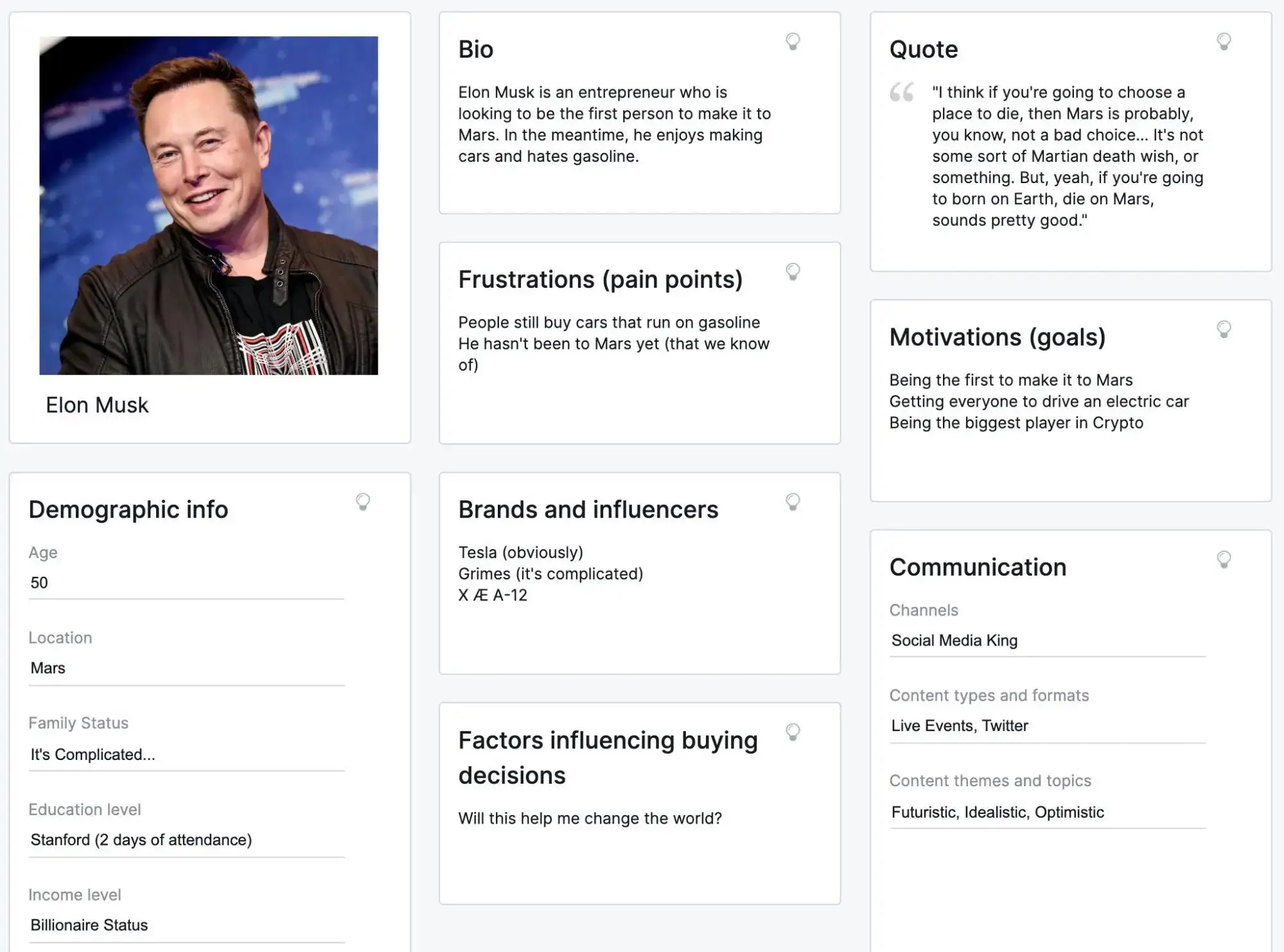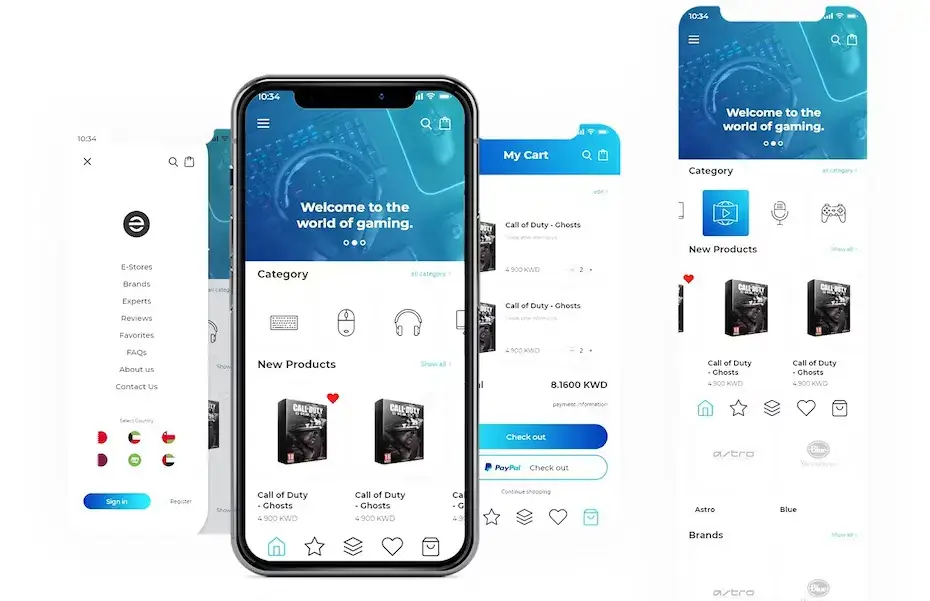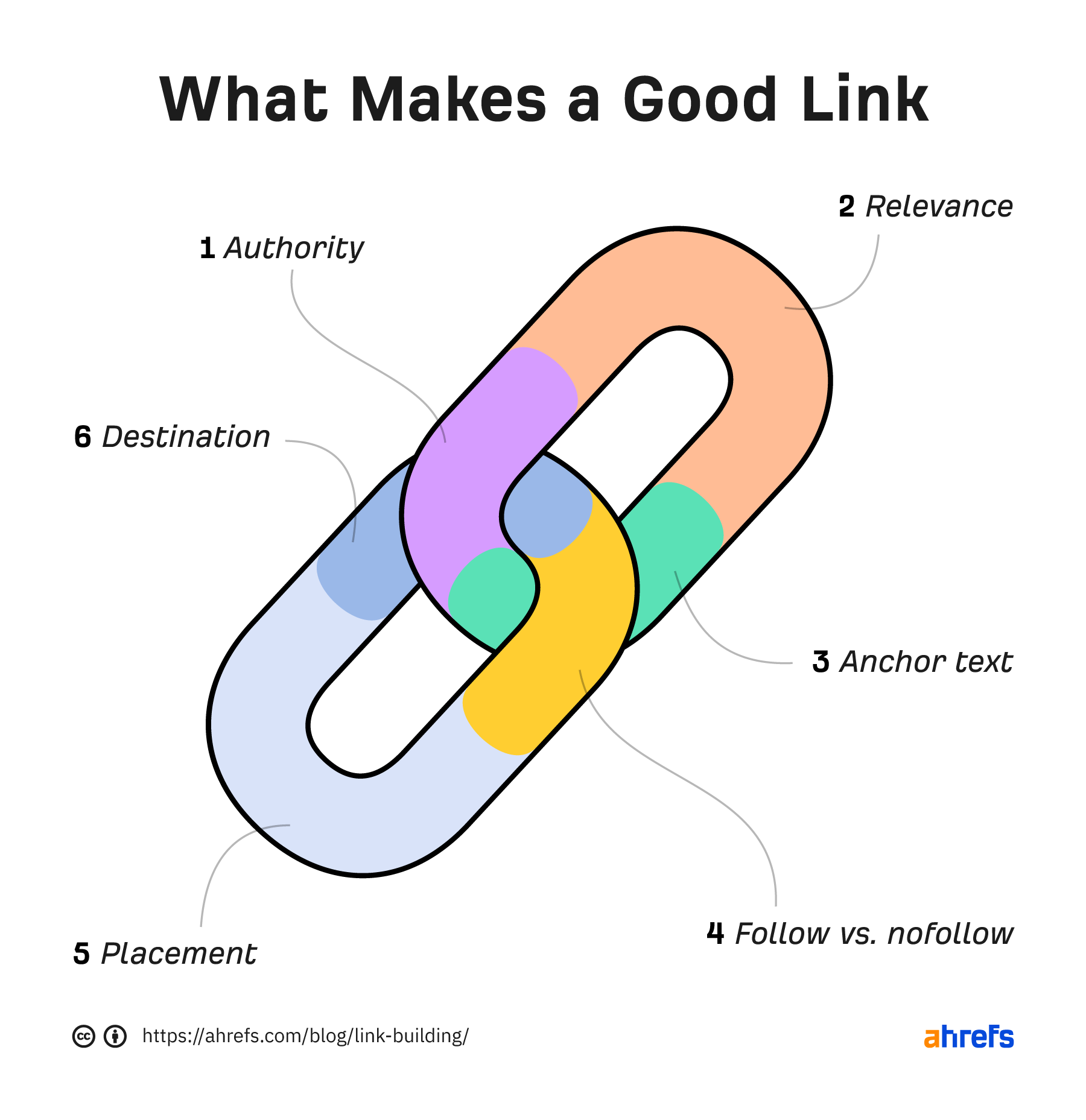In today's digital age, small businesses have unprecedented opportunities to reach and engage with their target audience. But without a clear and well-structured strategy, you are leaving a lot to chance.
*Updated 1/26/2025
Digital marketing has become essential to any successful business strategy, enabling smaller enterprises to compete with larger companies on a more level playing field.
This article will explore a comprehensive digital marketing strategy tailored specifically for small businesses, encompassing key elements and actionable steps to achieve your desired growth and success.
Basic Principles of Digital Marketing Management
Skip to:
- Define Your Target Audience
- Build a Professional Website
- Search Engine Optimization (SEO)
- Pay-Per-Click (PPC) Advertising
- Social Media Marketing
- Email Marketing
- Content Marketing
- Online Reputation Management
- The Future of Digital Marketing
A digital marketing management strategy has eight key steps that must not be overlooked. We also include a bonus look at what the future of digital marketing holds.
Each principle will require a different amount of time, effort, and resources, but they are all equally important to promote your business effectively online.
Let's begin with the most obvious, defining your target audience.
1. Define Your Target Audience
Every digital marketing strategy begins with identifying who it is you want to reach with your various tactics and campaigns.
You can have unlimited resources at your disposal, but if your marketing campaigns do not end up in front of the proper target, you have little chance of reaching your objectives and key results.
In this section:

Source: Simplilearn
-
Conduct market research
Market research helps you gather valuable insights about the market, target audience, competition, and overall industry trends.
Incorporating a market intelligence platform into your research strategy amplifies your ability to stay ahead of the competition, ensuring you have access to the latest mark.
Online market research offers a cost-effective and efficient way to gather data and make informed decisions. Start by clearly outlining what you want to achieve with your research.
-
- Identify specific questions you need answers to: such as understanding your customer's preferences, analyzing competitors, evaluating the market size, etc.
- Some common research methods: Create online surveys, social media listening, and competitor analysis.
- Compare your online research findings: Use other sources of information, such as industry reports, studies, or expert opinions. This validation will add credibility to your research.
- Use the insights from your research: Let the data you find guide your actions, whether it's about improving your products/services, refining your marketing strategy, or identifying new opportunities.
Markets are dynamic, and customer preferences will change over time, so this isn't a 'set it and forget it' type thing.
You must constantly conduct online market research to stay up-to-date with the latest trends to maintain a competitive edge.
-
Create buyer personas
A buyer persona is a semi-fictional representation of your ideal customer based on your market research and data about your existing customers.
It helps you personalize your digital marketing strategy, product development, and customer interactions to attract and retain proper buyers for what you sell.
-
- Start by collecting data about your current customers: Look for patterns and common characteristics among your most valuable and loyal customers.
- Analyze the data: Identify common customer demographics, such as age, gender, location, education level, occupation, and income. These details will form the foundation of your buyer persona.
- Find the features or benefits: Understand their preferences, such as communication channels, content format (e.g., video, blog posts), and buying behavior.
- Learn what influences their purchasing decisions: Understand where and how they gather information, how they evaluate options, and what makes them choose your brand over your competitors.
- Give the persona a name and find an image: Make it more relatable. This will help humanize the persona and make it easier for your team to connect with and understand it better.
Compile all the information you've gathered into a detailed profile. Here's an example:
 Source: SEMrush
Source: SEMrush
It is possible, and likely you will have multiple buyer personas, especially if your business caters to diverse customer segments.
Each persona should be distinct and well-defined, reflecting that particular group's unique characteristics and needs.
-
Analyze competitors' strategies
Start by identifying your main competitors in your industry or niche. Look for companies that offer similar products or services and target the same customer segment as you.
This can include both direct competitors (those who offer the same products/services) and indirect competitors (those who cater to the same customer needs but with different products/services).
Visit their websites, social media profiles, and other online platforms they use for marketing and communication. Take note of their messaging, branding, content strategy, and the overall user experience they provide.
Analyze their features, pricing, and unique selling propositions (USPs). Compare them to yours to see where you can position yourself as superior to them.
Look at their ad campaigns, and sign up for their newsletter to get a peek at their email marketing strategy and content marketing. Understand the channels they use, their frequency, and the types of content they produce.
Check their customer reviews to see what they like and dislike about your competitors. This can give you insights into areas where they fall short, showing you where you can fill gaps.
Draw conclusions about your competitors' strengths and weaknesses based on your analysis. Use this information to make strategic decisions for your business and refine your marketing strategy.
2. Build a Professional Website
Your website is the center of your digital marketing strategy. Consider it your online headquarters, if you will. All digital roads should lead here, so having a professional and fully-optimized website can not be overstated.
In this section:

Source: Wix
-
User-friendly design
Designing a user-friendly website is crucial for providing a positive user experience and encouraging visitors to stay on it longer, improving your chances of conversion.
-
- Use a simple, clean, and uncluttered layout: Ensure there is plenty of white space to make the content stand out and avoid overwhelming visitors with too many elements on the page.
- Create a clear and intuitive navigation menu: Help users easily find what they are looking for. Use descriptive labels for menu items and keep the navigation consistent across all pages.
- Choose legible fonts and font sizes: Make sure that your website is easy to read. Maintain a good contrast between the text and background to avoid eye strain.
- Use consistent branding elements: such as colors, logos, and typography across all pages. Consistent branding helps build trust and recognition.
- Opt for high-quality images and graphics: They must be relevant to your content. Avoid using too many stock photos. Use as many original visuals as possible.
Ensure that your website is fully built with responsive design elements, meaning it automatically adjusts and adapts to different screen sizes and resolutions.
Following these principles will ensure you have a website that attracts visitors and keeps them engaged and satisfied, leading to higher conversions and better overall business results.
-
Mobile optimization
Mobile users expect quick loading times. Optimize images, minify CSS and JavaScript files, and leverage browser caching to improve your website's loading speed on mobile devices.
92.3% of internet users access the web via a mobile phone, so mobile optimization is no longer a nice-to-have; it's vital.
Make sure that buttons and interactive elements are large enough and spaced well to be easily clickable with a thumb.
Avoid placing important elements too close together to prevent accidental clicks, and account for touch gestures like swiping and pinching in your design and functionality.

Source: 99designs
Keep your navigation menus simple and concise on mobile devices. Use a hamburger menu (three horizontal lines) to hide less essential items and reveal them when tapped.
Consider using scrolling over pagination instead of traditional pagination. This allows users to continue scrolling through your content without having to click through multiple pages.
If your website uses plugins or third-party tools, ensure they are mobile-friendly and don't hinder the user experience on mobile devices.
-
Compelling content
Filling your website with content that keeps site visitors engaged and reading more is the primary way to influence them to purchase from you better.
If you've done your market and audience research properly, you'll already know what needs to be on the page and what doesn't.
Organize your content using clear headings, subheadings, and bullet points to break up text and make it scannable. Important information should stand out.
Clearly communicate what sets your product or service apart from competitors. Highlight why your audience should choose you.
Do keyword research and incorporate relevant keywords naturally into your content. This can help improve your website's search engine rankings (which we'll discuss later).
Remember that compelling content is not just about promoting your products or services. It should be customer-centric and focused on meeting your audience's needs.
When done right, the content of your website should build trust and establish your authority in your field.
-
Clear Calls-to-Action (CTAs)
A call-to-action (CTA) strategy is crucial for guiding website visitors to take specific actions that align with your business goals.
Whether it's signing up for a newsletter, making a purchase, or requesting more information, a well-crafted CTA can significantly impact conversion rates.
Position your CTA prominently on your website page, preferably above the fold (the part of the page visible without scrolling). It should be easily noticeable and stand out from other content.
Use action-oriented language that encourages immediate action. For example, use phrases like "Buy Now," "Subscribe Today," or "Get Started."
Avoid overwhelming users with too many CTAs on a single page. Focus on one primary CTA per page to reduce decision fatigue.
3. Search Engine Optimization (SEO)
The primary goal of SEO is to ensure that a website ranks higher in search engine result pages (SERPs) when users search for relevant keywords or phrases. Let's touch on some of the more high-level aspects.
In this section:

-
Keyword research
Keyword research is a crucial aspect of SEO that helps you identify the most relevant and valuable keywords to target in your content. Here are the top 4 keyword research tactics:
-
- Analyze competitors: Look at the keywords your competitor's target and rank for. Tools like SEMrush and Ahrefs can help you identify these keywords.
- Related searches: Scroll to the bottom of the Google search results page to find related searches. These are terms that users frequently search for in conjunction with your main keyword.
- Google autocomplete: When you start typing in the Google search bar, it offers suggestions in real-time based on popular searches.
- People Also Ask: When you search for something on Google, you'll often see a "People Also Ask" section that displays related questions. This area is rich, with good keywords to target!
-
On-page optimization
On-page optimization is the process of optimizing individual web pages to improve visibility in search engine results and to attract more relevant organic traffic.
It involves making changes directly on the website to enhance its content, structure, and HTML elements. Some on-page optimization tactics include:
-
- Title tags: Use descriptive and keyword-rich title tags for each web page. The title tag appears as the clickable headline in search engine results and is crucial for attracting clicks.
- Meta descriptions: They should summarize the content of each page, and should remain under 155 characters. Although meta descriptions do not directly impact rankings, they can influence click-through rates by enticing users to click on your link.
- URL structure: Ensure your URLs include relevant keywords and accurately reflect the page's content. Avoid using long strings of numbers or special characters in your URLs.
- User experience (UX): Create a positive user experience by organizing content logically, using readable fonts, and ensuring that the website is designed for easy navigation.
- Internal linking: Link to other relevant pages within your website to provide context and help search engines understand the site's structure. Internal linking also enhances user navigation and improves user experience.
-
Link building
Link-building, also known as backlinking, is an essential part of off-page SEO and plays a crucial role in improving a website's authority and search engine rankings.
You will want to backlink only to authoritative and relevant external sites that provide additional value to your website. It improves your content's credibility and usefulness.


